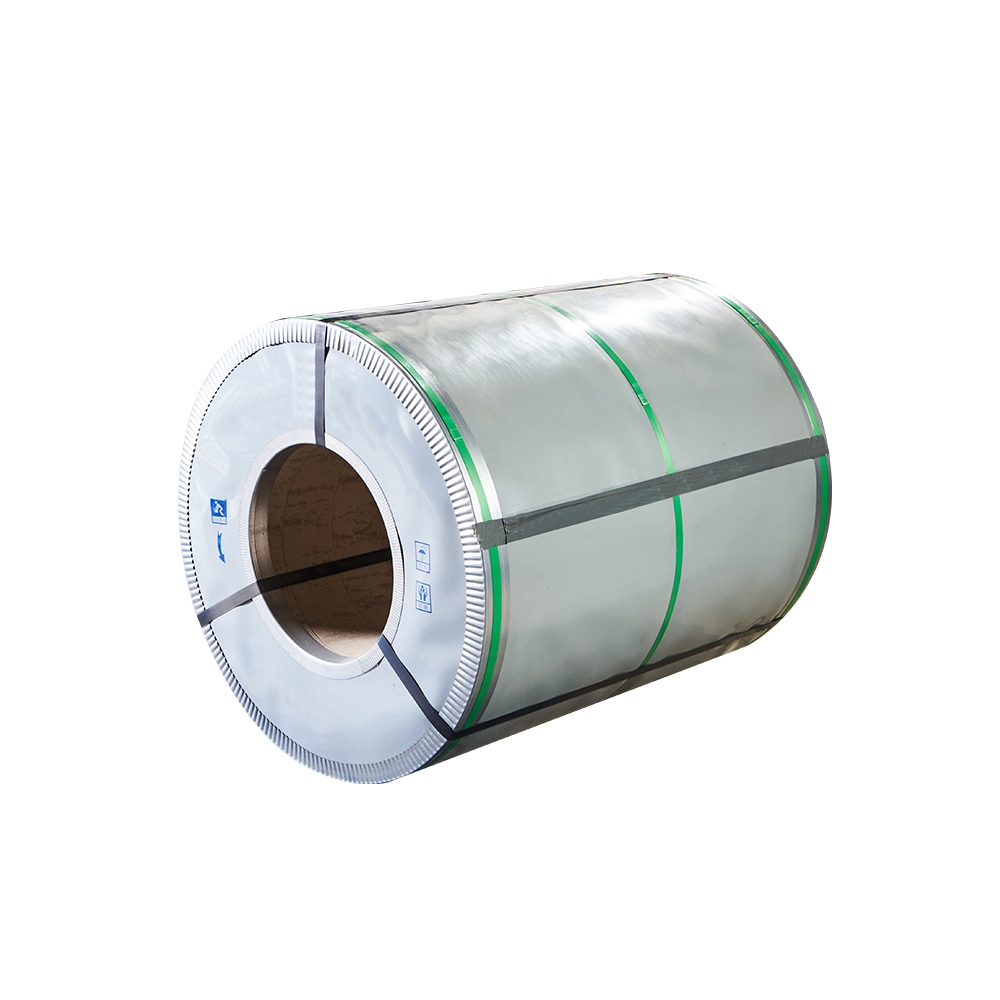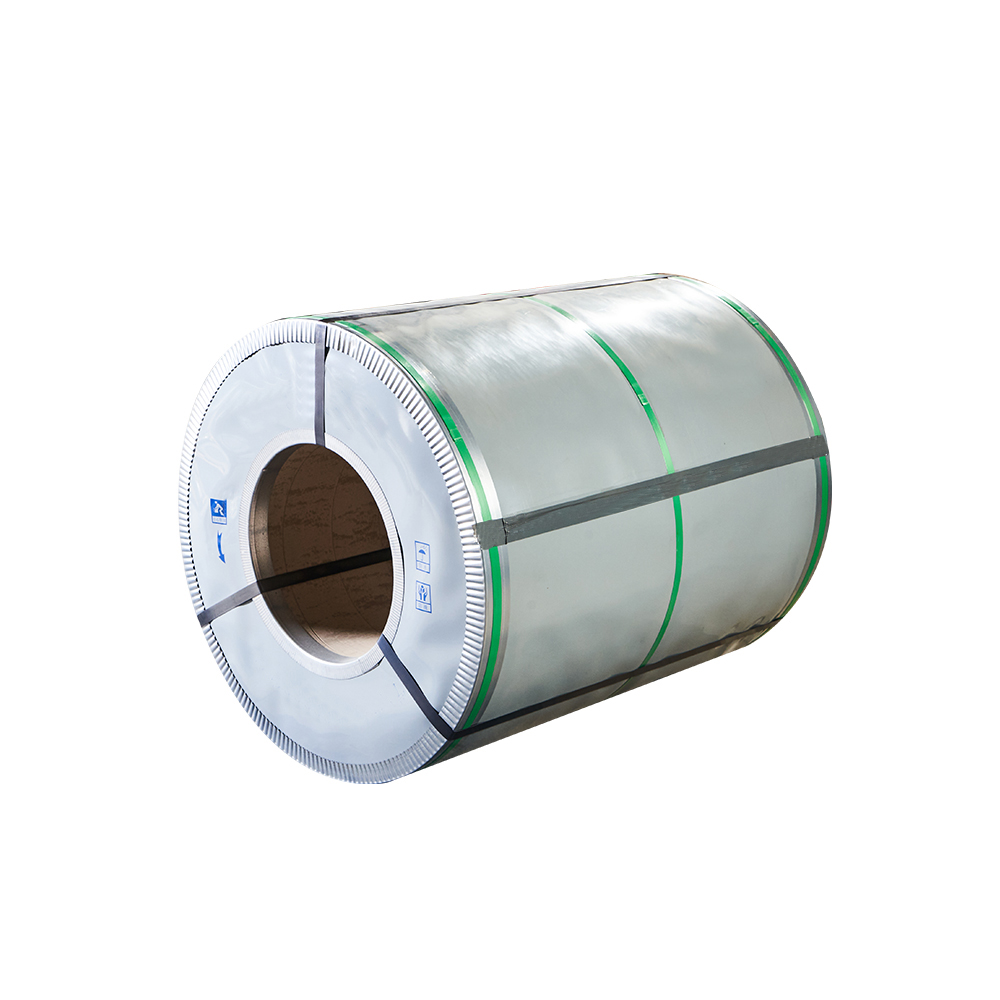We use cookies to enhance your experience. By continuing to browse this site you agree to our use of cookies. More info.
Stainless steel is more than just a corrosion-resistant metal. Stainless steel is often chosen as the versatile material of choice for many applications as a result of its material strength, resistance to corrosion, and also because it can be adapted to fit specific conditions. Stainless Steel Coil 201

This applies not only to the various chemical compositions that make up stainless steel but also to the variety of surface finishes and treatments that can be applied depending on the final intended use for the product.
Grade 2B is one of the most commonly-used finishes within the industry of stainless steel. It is semi-reflective, smooth, and uniform, though it is not a mirror finish. The surface is the last step in the process; the steel plate is first formed by being pressed between rollers as it leaves the furnace. It is then softened by annealing and then repeatedly passed through the rollers.
To remove surface impurities, the surface is pickled with acid and passed between polished rollers on the last several passes to achieve the desired thickness. It is this final pass that allows the 2B finish to be achieved.
For common stainless steel grades, including 201, 304, 304 L, and 316 L, 2B is the standard finish. What makes the 2B finish popular, in addition to being economical and having increased corrosion resistance, is that it is very simple to buff using cloth wheels and compounds.
Typically, steel with a 2B finish is found within food processing, baking equipment, vessels, tanks, and pharmaceutical equipment, and it meets USDA standards for those industries.
This approach is not acceptable when the final product is an injectable or otic solution. This is because gaps or pockets can be created on the metal’s surface. These voids can trap contaminants below the surface of the polish or in the metal. Eventually, this foreign material will escape and contaminate the product. Electropolishing the surface is the ideal and recommended way to increase surface smoothness for such applications.
Source: Astro Pak Corporation
Electropolishing removes the raised areas on the surface of stainless steel by using chemistry and electricity to smooth it. The actual surface of the stainless steel does not appear smooth under magnification, even with a factory-applied 2B smooth surface.
Roughness Average (Ra) is used to express the smoothness of the metal’s surface, which is a comparison of the average difference between the low points and the high points across a section of the surface.
Typically, factory-fresh 2B-finished stainless steel has a Ra value ranging from 0.3 micrometers (.0003 mm) to 1 micrometer (.001 mm), depending on its gauge (thickness). The surface Ra can be decreased by proper electropolishing to between 4 and 32 microinches, depending on the metal’s gauge.
A Grade 2B finish is achieved by compressing the material through two rollers. Some operators have asked for the finish to be repaired after having a vessel or other equipment modified or repaired.
While achieving a finish using mechanical or electropolishing cannot be easily replicated, it is possible to come very close, especially regarding Ra values. The result of a proper electropolishing treatment can even achieve better performance in material handling than the original, untreated 2B finish.
A 2B finish can therefore be seen as a good starting point. With well-known beneficial properties, a 2B finish is economical. It can be further enhanced by electropolishing for a smoother surface, meeting higher standards, and yielding a range of long-term benefits.
This information has been sourced, reviewed and adapted from materials provided by Astro Pak Corporation.
For more information on this source, please visit Astro Pak Corporation.
Please use one of the following formats to cite this article in your essay, paper or report:
Astro Pak Corporation. (2023, March 07). The Difference Between Surfaces With and Without Electropolishing. AZoM. Retrieved on December 25, 2023 from https://www.azom.com/article.aspx?ArticleID=22050.
Astro Pak Corporation. "The Difference Between Surfaces With and Without Electropolishing". AZoM. 25 December 2023. <https://www.azom.com/article.aspx?ArticleID=22050>.
Astro Pak Corporation. "The Difference Between Surfaces With and Without Electropolishing". AZoM. https://www.azom.com/article.aspx?ArticleID=22050. (accessed December 25, 2023).
Astro Pak Corporation. 2023. The Difference Between Surfaces With and Without Electropolishing. AZoM, viewed 25 December 2023, https://www.azom.com/article.aspx?ArticleID=22050.
Do you have a question you'd like to ask regarding this article?
AZoM.com - An AZoNetwork Site

301 Stainless Steel Sheet Owned and operated by AZoNetwork, © 2000-2023